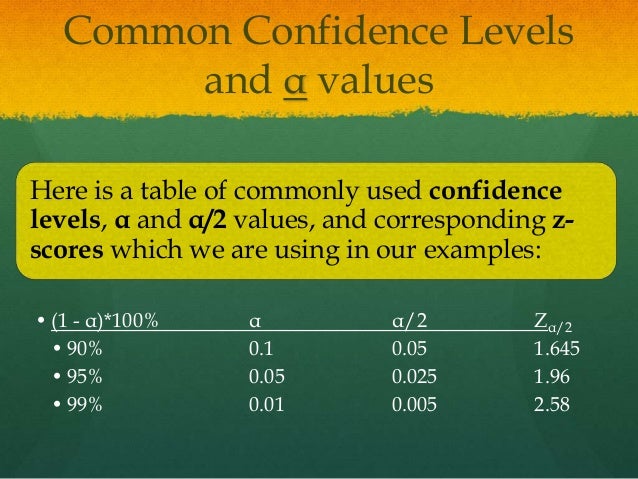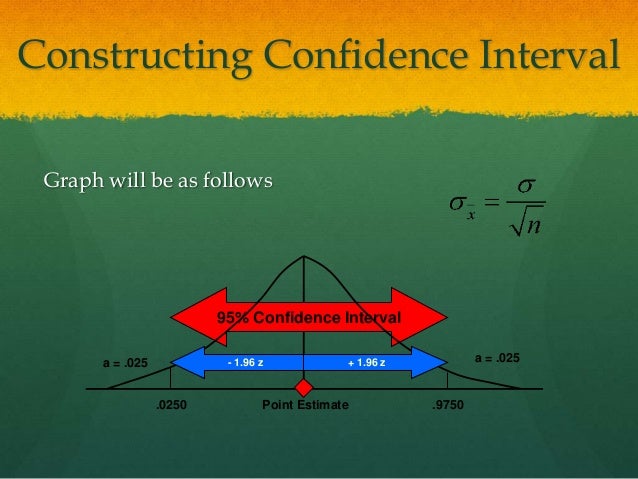

#Stature interval isntead of point measure how to
This can assist researchers in deciding how to interpret and continue their investigations based on an initial analysis that has high uncertainty.

Our proposed method provides a useful framework for interpreting analytic results from small datasets. Given that effect sizes in this range are not extreme, and that supportive evidence exists from a similar published study, we conclude that this problem is worthy of further research. Applying BAE to this result yields a tipping point of 0.54 thus, an observed hazard ratio of 0.54 or smaller in a replication study would result in posterior credibility for the treatment association. Our initial comparative effectiveness analysis results in a hazard ratio of 0.31 with 95% confidence interval (0.09, 1.1). We demonstrate our approach in a comparative effectiveness analysis comparing two treatments in a real world biomarker-defined cohort, and provide guidelines for how to apply BAE in practice. Although based in Bayesian analysis, a prior distribution is not needed instead, the tipping point output is compared to reasonable effect ranges to draw conclusions. We developed a new method, Bayesian Additional Evidence (BAE), that determines (1) how much additional supportive evidence is needed for a non-significant result to reach Bayesian posterior credibility, or (2) how much additional opposing evidence is needed to render a significant result non-credible. It is therefore important to better quantify the uncertainty associated with both significant and non-significant results based on small sample sizes. In these settings, drawing strong conclusions about future research utility is difficult when using standard inferential measures. Statistical inference based on small datasets, commonly found in precision oncology, is subject to low power and high uncertainty.


 0 kommentar(er)
0 kommentar(er)
